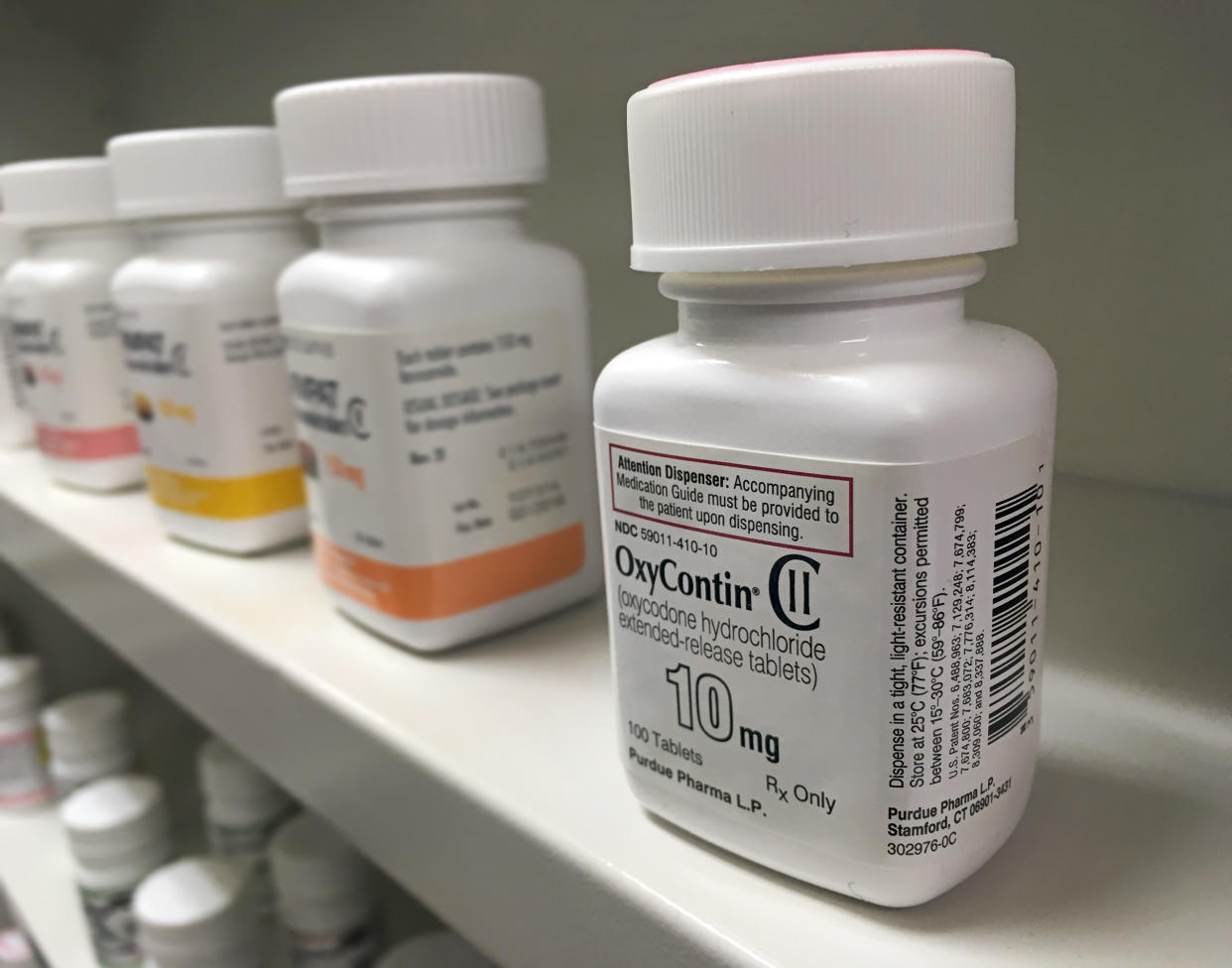Are Canadians being overprescribed opioids?

What’s happening:
A new study is shedding light on how opioids are being prescribed by doctors in Canada. It comes after a $1.1 billion lawsuit was filed last year in Ontario against major drug companies for spurring the ongoing opioid crisis by marketing them as safe. However, opioids have been linked to 4,460 deaths in Canada in 2018 alone. The findings of the study revealed that doctors contributed to its widespread use, despite the risk of addiction. After comparing Canada, Sweden and the U.S., the study revealed the North Americans doctors were seven times more likely to prescribe opioids for pain relief after specific low-risk surgeries.
Why there’s debate
Patients who take opioids, like oxycodone and tramadol, are susceptible to addiction and might seek them out illegally if they’re unable to get a refill. Street drugs can be laced with fentanyl, an opioid 100 times stronger than morphine, and only “a few grains of salt worth” can be fatal. Many doctors don’t want to stop prescribing opioids because of their effectiveness, while patients are left with a lack of treatment programs and resources to overcome addiction.
This cycle has led to disparities on how doctors doll out the drugs. In Nova Scotia, a doctor was sued for over-prescribing pills to a patient for chronic pain. A committee found the amount of oxycodone “could not have been safely ingested by one patient,” yet the family physician is set to practise again.
In Ontario, doctors have been prescribing opioids to patients who would otherwise overdose on street drugs.
“We can’t wait in order for more research to be done in order to stop people from dying,” Dr. Nanky Rai told Global News.
What’s next
The Canadian Medical Association said they are “concerned” with the rise in overdose deaths and have guidelines for physicians to follow. While there is no definite answer on how doctors must proceed across the country, new studies continue to inform best practices.
Researchers at Western University developed a program called STOP Narcotics. They discovered that if a prescription includes less pills, it “decreases the exposure risk and potential for misuse,” according to its lead author Dr. Luke Hartford. The program has since been used by some hospitals in Ontario with expectations of expanding.
Perspectives
Doctors have to be cautious.
“Individually and as a profession we should have been more critical. [Physicians] had patients who were suffering, who had pain, and here was a solution that seemed to help.” — Opioid specialist at St. Joseph's Health Centre, Dr. Anita Srivastava to CBC Radio
Drug companies should take responsibility.
“These companies need to be accountable for the harm they have caused to thousands of Canadians.” — Lawyer, Kirk Baert to The Canadian Press
There has to be more access to treatment.
“I watched my son dying in front of my eyes. You shouldn’t have to wait months (for treatment). I think the government needs to recognize that this is a serious disease. It’s a disease that will result in death.” — Jan Mahoney to Global News
Opioids are not entirely evil.
“Our message isn’t that narcotics or opioids are inherently bad. They’re great medications when used appropriately. But they also have significant side effects — constipation, nausea, confusion in older patients. They’re only one part of many things you can do to help someone’s pain after surgery.” — General surgery resident, Dr. Luke Hartford to The Canadian Press
Doctors need alternate ways to treat pain.
“We’ve been over-prescribing and we need to reset this. The challenge is to reset this in a way that you actually are adequately treating pain.” — Managing Director of Safe Medical Care at the Canadian Medical Protective Association, Dr. Gordon Wallace to The Canadian Press


